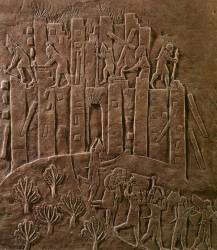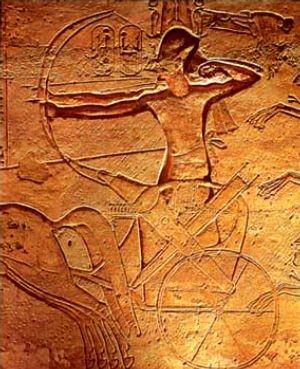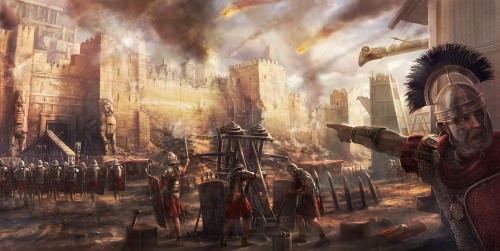The timing couldn't be better for Saturday's opening of "The Beaten Path," a major exhibit of Bob Dylan's artworks at the Halcyon Gallery on London's pricey New Bond Street.
Worldwide interest in the veteran American troubadour has soared after his surprising choice as this year's winner of the Nobel Prize in literature and the show is one of the most extensive displays ever mounted of his drawings, watercolors, acrylics and ironworks.
The 75-year-old singer has said he will accept the Nobel in person in Stockholm if he can fit it into his demanding tour schedule -- and the gallery hopes he will stop off in London to visit the show.
"He obviously comes whenever he decides," said gallery president Paul Green, who knows it would be fruitless to press the elusive Dylan for a certain date. "We don't know whether he will come. We hope he will. He's been deeply involved in every aspect of this exhibition."
The extensive exhibit reflects growing appreciation for Dylan's art, which has been featured in gallery and museum shows in a number of countries in recent years.
The paintings at the London gallery reflect Dylan's nearly constant travels throughout the United States on the "never ending tour" that has consumed the last two decades of his life. The choice of subject matter reflects a deep affinity for the American scene, an abiding affection for its curious roadside attractions and respect for its industrial might.
Railways, skyscrapers, and suspension bridges vie with deserted side streets and overgrown motels for his attention. This is an America of fairgrounds and circuses, forgotten crossroads and neglected cityscapes. The streets are filled with the bulky behemoths that were late 1950s automobiles — including a depiction of the Ford Edsel, a famous automotive failure.
Dylan writes in a preface that he chose to ignore corporate America: "The common theme of these works having something to do with the American landscape — how you see it while crisscrossing the land and seeing it for what it's worth. Staying out of the mainstream and traveling the back roads, free born style."
Dylan paints the Wigwam Motel in Arizona -- guests can sleep in purported native-American style lodging -- the Brooklyn Ice Cream factory at the foot of the Brooklyn Bridge in New York City and the "Harem Slave" carnival sideshow in Alabama. There is a painting of the Paradise Motel looking anything but, its grounds in Florida overgrown and its buildings neglected.
It's a panoramic view of America similar to the one described in his kaleidoscopic 1975 song "Tangled Up in Blue." The sense is of Dylan as a solitary figure with a sketchbook, looking at the country from odd angles.
"Dylan was born in small town America," said Green. "He's done hundreds of tour dates for many, many years, and often played in the small towns. He takes the hot dog stand, or the motel, whether it's open or closed. It's his view of America. It harks back to the '50s and '60s -- Jack Kerouac, the road -- and how important the road is for all Americans. It shows really his love for America and all things American."


























































